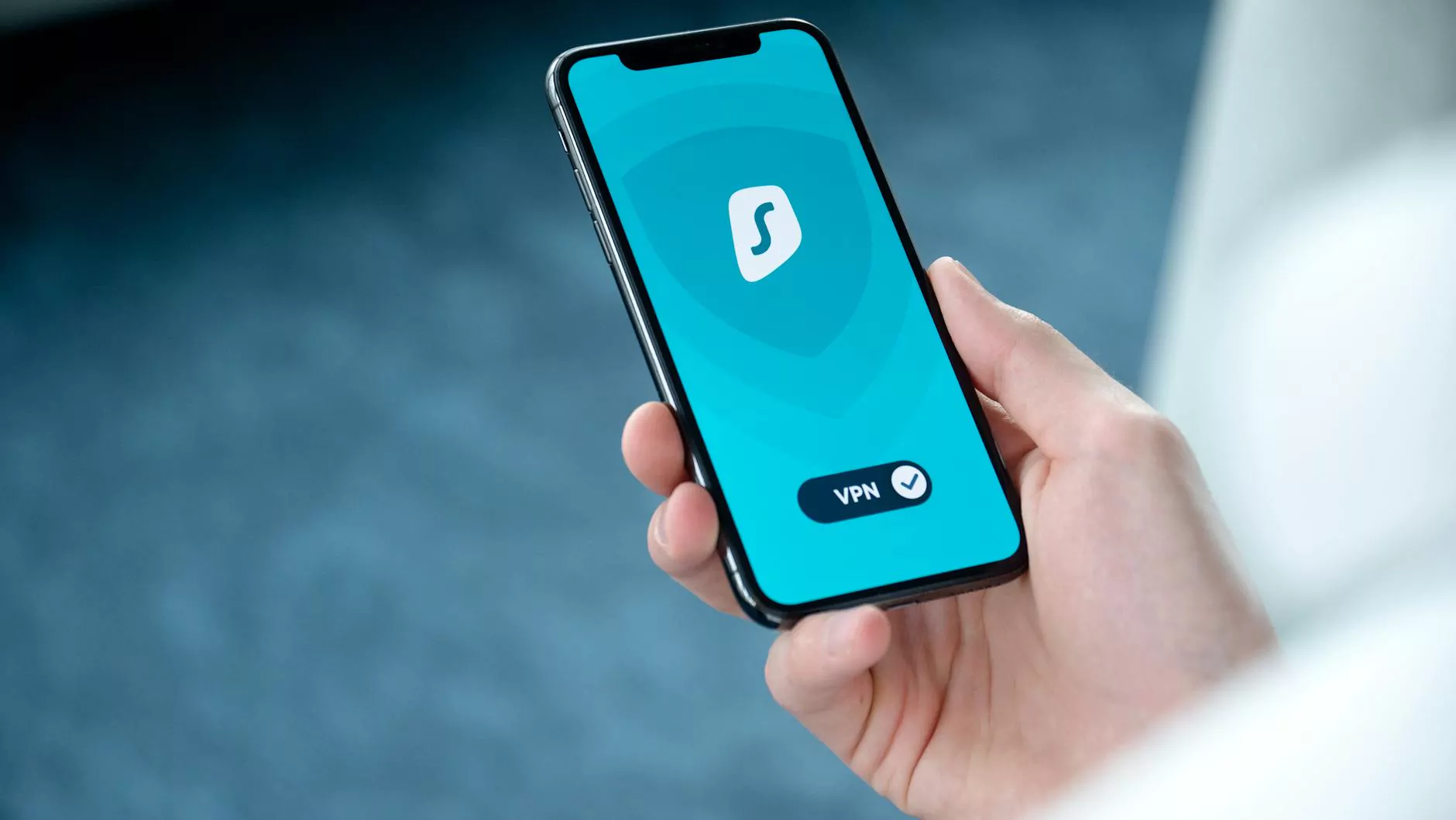Effective Phishing Simulation Training: Protecting Your Business

In today’s rapidly evolving digital landscape, cybersecurity has become a top priority for businesses of all sizes. One of the most prevalent threats to business security is phishing attacks. To mitigate these risks, companies are increasingly turning to phishing simulation training as an effective method to educate employees. This article delves into what phishing simulation training entails, its importance, and how businesses can implement it for maximum benefit.
Understanding Phishing Attacks
Phishing is a method of cyber attack where malicious actors attempt to deceive individuals into providing sensitive information, such as usernames, passwords, and credit card details. This is often done through email, social media, or other online communication. Understanding the various forms of phishing is critical for businesses:
- Email Phishing: The most common type, utilizing fake emails that appear legitimate.
- Spear Phishing: Tailored attacks directed at specific individuals, often leveraging personal information.
- Whaling: Phishing attacks aimed at high-profile targets, such as executives.
- Vishing: Voice phishing, where attackers use phone calls to extract information.
- Smishing: Phishing via SMS messages, often enticing victims to click on malicious links.
Why Phishing Simulation Training is Essential
Phishing simulation training plays a vital role in strengthening a company's cybersecurity defenses. The increasing sophistication of phishing attacks necessitates a proactive approach to employee education. Here are several reasons why this type of training is essential:
1. Raising Awareness
Employees are often the first line of defense against cyber threats. Phishing simulation training educates them about recognizing suspicious communications, which is crucial in the fight against cybercrime.
2. Reducing Vulnerabilities
By understanding phishing tactics, employees can avoid falling victim to these schemes. Regular training sessions help in identifying the signs of phishing and encourage a culture of vigilance within the organization.
3. Compliance and Risk Management
Many industries are subject to regulations requiring businesses to implement effective security measures. By providing phishing simulation training, companies not only comply with these regulations but also minimize their overall risk exposure.
4. Incident Response Preparedness
In the event of a successful phishing attempt, trained employees are better equipped to respond swiftly and effectively, thereby mitigating potential damage.
Implementing Phishing Simulation Training
Now that we understand its importance, how can businesses effectively implement phishing simulation training? Here’s a comprehensive guide:
Step 1: Assess Your Current Security Posture
Begin by evaluating your current cybersecurity measures. Identify vulnerabilities within your organization, focusing on how employees currently handle suspicious communications. This assessment will provide valuable insight into areas needing improvement.
Step 2: Choose a Reputable Training Provider
Select a phishing simulation training provider that aligns with your business's needs. Look for options that offer:
- Realistic simulation scenarios
- Comprehensive reporting tools
- Customizable training modules
- Ongoing support and updates
Step 3: Develop a Training Schedule
Establish a regular training schedule that includes both simulations and educational content. Regular exposure to training materials will reinforce employees’ knowledge and help them stay alert to new threats.
Step 4: Conduct Simulations
Use the chosen provider's platform to conduct phishing simulations. These exercises can mimic real-world phishing attempts, allowing employees to practice their skills in a controlled environment. Metrics obtained from these simulations are invaluable in assessing employee performance and overall effectiveness of the training.
Step 5: Evaluate and Improve
After conducting simulations, analyze the results. Identify patterns of vulnerability, and tailor future training to address common weaknesses. Continuous improvement is essential for maintaining a high level of security awareness among employees.
Measuring the Effectiveness of Phishing Simulation Training
To determine the success of your phishing simulation training program, consider the following metrics:
- Click-Through Rate: Track how many employees clicked on simulated phishing links. A decreasing rate over time indicates improved awareness.
- Report Rate: Monitor how many employees reported the simulated phishing attempts. An increase in reporting suggests that employees are becoming more vigilant.
- Knowledge Retention: Conduct assessments after training sessions to gauge knowledge retention among employees.
- Incident Log: Keep a log of actual phishing incidents to identify trends and measure improvement against the simulation metrics.
Best Practices for Phishing Simulation Training
To maximize the effectiveness of your training, consider incorporating these best practices:
1. Make Training Engaging
Use interactive modules and scenarios that engage employees. Gamified elements can increase participation and retention of information.
2. Foster a Culture of Security
Create an environment where employees feel comfortable discussing security issues. Encourage reporting of suspicious communications without fear of repercussion.
3. Update Regularly
Cyber threats are constantly evolving. Ensure that your training content is updated regularly to reflect the latest phishing tactics and compliance requirements.
4. Encourage Leadership Support
Management should be involved in the training process to emphasize its importance. Leadership’s active participation reinforces a culture of security throughout the organization.
The Future of Phishing Simulation Training
As technology advances, so will the tactics of cybercriminals. The future of phishing simulation training involves integrating advanced technologies, such as artificial intelligence and machine learning, to enhance the realism and effectiveness of training programs.
Moreover, as remote work becomes more prevalent, training must adapt to different environments and challenges. It will be crucial for teams to recognize and respond to phishing threats regardless of their work setting.
Conclusion
In conclusion, phishing simulation training is an indispensable component of any organization's cybersecurity strategy. By educating employees about the nuances of phishing and implementing comprehensive training programs, businesses can significantly reduce their risk of falling victim to these prevalent attacks. The importance of raising awareness, fostering a culture of vigilance, and continuously improving training protocols cannot be overstated. Investing in phishing simulation training today will safeguard your business for tomorrow.
For businesses looking to enhance their cybersecurity posture through expert IT services, including phishing simulation training, visit spambrella.com.









